Varieties of bases and their characteristics
The base is the first, bottom layer of the coating. It serves as the foundation for the material on which the top decorative layer is applied. Thanks to the base, the coating has a uniform color, it is easier to stick on and the strength is increased. There are three main types of bases, paper, non-woven and textile. Each of them has its own characteristics, advantages and disadvantages.
| View | pros | Minuses |
|---|---|---|
| Paper | Low cost, great variety, breathable surface. | Short service life, low strength, difficult to work with, not resistant to changes in humidity and temperature. |
| Non-woven | Simplicity in work, do not deform when walls shrink, mask small irregularities. | High price. |
| Textile | Sound insulation and heat insulation are enhanced, breathable surface. | Difficulty in work, high cost. |
What are the types of wallpapers and their features?
Paper
Wallpapers are presented in a wide variety of colors and patterns at a budget cost. Most often, the coating is made with a roll width of 53 cm.There are three types paper wallpaper, in one, two and three layers.
Since the material is thin, the finish requires skill and a well-prepared wall surface. They do not differ in strength, practically cannot be cleaned, and are unstable to temperature extremes and moisture. Suitable for finishing rooms with the least possible tactile contact, such as bedrooms.
Vinyl
The popularity of the material is due to its wide variety. They are a base and a top polymer or PVC layer, produced by different techniques in several variations:
- foamed vinyl
- compact vinyl,
- silk screen printing.
Outwardly, all coatings are completely different and have different characteristics. They lend themselves well to wet cleaning, have high durability, are not afraid of high humidity and sunlight, and are suitable for painting.
Non-woven
The species is divided into two types: non-woven and those that have only a non-woven base. It is a dense and durable material that will help hide some unevenness in the walls. The coating is often used for painting, this type has a textured surface with a variety of relief patterns.
Often produced in a wide format, the roll width is 1.06 meters, which is convenient when working with them. The non-woven base is similar to a rubber material, adapts well to the wall surface.
Liquid
A type of finishing material used to decorate walls and ceilings. Safe and environmentally friendly product.They are suitable for decorating children's rooms and other living quarters, as they contain natural ingredients.
Fabric (textile)
Natural, non-allergenic material that allows air to pass through and at the same time looks gorgeous. Fabric wallpaper increases the soundproofing and thermal insulation performance of the room.
There are a lot of types of textile coatings: linen, felt, jute, silk, velor and synthetic. However, the coating accumulates dust on itself, with the exception of linen, it fades in the sun and has a rather high cost.
Glass fiber
One of the most durable material for wall decoration in all respects. Glass fiber is classified as vandal-proof, it is a heavy canvas, it withstands mechanical damage, animal claws, is not subject to burning and is not afraid of moisture. The material is suitable for finishing any room, including a nursery, as it is environmentally friendly and easy to clean.
Natural
The canvases have a natural composition and are made from plants and different parts of trees. The coatings have a recognizable texture peculiar only to them. Natural roll wallpapers are suitable for finishing balconies, toilets and living rooms; they do not react to temperature extremes, sunlight and high humidity. The most popular materials include bamboo, jute and plug.
Linkrusta
Not the most famous, but very effective type of coating. Linkrusta is produced in several stages and only from natural materials. Cheaper analogs may be an exception. Externally, the canvas is a clearly visible relief coating. In the form of various patterns. The material is strong, moisture resistant, durable and safe. Decorate the design of a classic or antique living room.
Acrylic
The acrylic look is created according to the same technique as the vinyl with foam spraying, the only difference is in the top layer, it is made of acrylic. The characteristic of the material is low strength and moisture resistance. The thickness of the canvas is two times less than that of vinyl wallpaper, this should be taken into account when painting.
Quartz
The two-layer material consists of a base and a decorative layer of quartz sand with various additives. The look is durable, reliable, with an environmentally friendly composition and a long service life, suitable for coloring.
Wallpaper
Photo printing is applied to different types of substrates: paper, non-woven, vinyl. The canvases are produced in different widths that differ from the standard sizes. To increase the strength of the coating, an additional layer, varnish or laminate, can be applied. The image can be realistic in 3d format, in the form of a fresco or stereoscopic.
Texture classification (surface type)
Smooth
The smooth finish draws attention to the pattern and color of the wallpaper. For such wallpaper, a flat surface is required, since even small defects will be visible. Smooth wallpaper is not suitable for painting and is used as a final finish.
Embossed
The textured surface of the wallpaper can complete the image of the room or be used for painting. Manufacturing technologies provide for different methods of applying the top layer, which allows you to create complex patterns and imitation of other materials.
Types of embossed wallpaper
Metallic
Like other types of wallpaper, they consist of a base and a finishing layer. A paper or non-woven fabric is taken as a basis. For the top layer, thin aluminum foil is used that has previously undergone an artificial oxidation process or treated with a dye to reduce electrical conductivity. The surface of the canvas can be mirrored and matte, with a uniform or partial shine.
Flock or velor
Wallpaper can be classified as textile. The canvas has a velvety surface in the form of a pattern, this is achieved by applying textiles to a paper or non-woven base treated with glue.The result is undeniably spectacular, plus it increases the soundproofing and heat-insulating qualities of the room. However, fabric wallpaper absorbs odors and attracts dust.
Silkscreen
One of the types of vinyl covering with a complex manufacturing method, as a result of which a beautiful shiny canvas with patterns is obtained, among other things, it has good quality indicators.
With bugles (with beads)
Otherwise they are called bubbly. The surface of the canvas is decorated with glass beads of different sizes, forming multi-colored patterns. The surface of this type of wallpaper is quite durable and tough, with a high resistance to damage.
Varieties by the number of layers
The number of layers affects the strength, service life and appearance of the material. This division by the number of layers refers to paper-type wallpaper. In total, they are distinguished by three: simplex, duplex and triplex, respectively, one, two and three layers.
| Cover type | pros | Minuses |
|---|---|---|
| Simplex | Low cost, breathable surface. | Thin, short service life, difficult to work with, fading in the sun. |
| Duplex | Stronger than simplex, less fading in the sun, do not tear when glued, have water-repellent properties. | High cost, short lifespan (although longer than simplex). |
| Triplex | Textured surface, suitable for painting, easy to work, less fade in the sun, water-repellent properties. | High cost, short service life. |
Varieties according to the method of drawing
Embossed
Embossed wallpaper is a covering with a relief pattern applied in a special way. Distinguish between paper and vinyl embossed wallpaper.
- Paper wallpaper is made of two layers, a pattern is squeezed out in the upper one, as a result of which a relief surface is formed.
- Hot-stamped vinyl wallpaper is made using a slightly different technology. A foamed PVC layer is applied to a non-woven or paper base, which is subsequently heated to a high temperature and pressed with a roller with a convex pattern.
Embossed wallpapers have high durability, last longer, do not fade in the sun and tolerate wet cleaning well. They are suitable for finishing kitchens and restrooms, as they do not absorb odors and do not react to temperature changes.
Printed
The seal is applied to two types of coatings, primed or non-primed. Primed wallpaper has a higher cost, but is treated to prevent fading. There are no preliminary procedures for an unprimed canvas, the drawing is printed directly on the front part.
Natural
Natural wallpapers are made from natural raw materials and have a natural pattern. The variety for bamboo wallpaper comes from the use of different parts of the stem. Cork coatings do not differ in variety, the pattern can have different density and color splashes. Jute fabrics are usually made without a pattern, but can be in the form of weaves and blotches.
Types by appointment
For walls
For wall decoration today, an incredible selection of materials with completely different external data and characteristics is presented. The assortment allows you to choose wallpaper with an orientation to a specific room and its conditions, be it high humidity, the presence of animals or bright sunlight.
For ceiling
For finishing the ceiling, white textured wallpaper with a wide meter wide, for example, vinyl, non-woven or fiberglass, is usually used. Such coatings can have different patterns and are suitable for coloring. Another type is liquid wallpaper, their main advantage is the absence of seams after application. They are also great for ceiling decoration. You can also use colored wallpaper or with photo printing, the nature of the image depends entirely on personal preference.
Functionality classification
Washable
Washable wallpaper can have varying degrees of interaction with water. Determine the method of care will help markingapplied to the back of the web or packaging. Typically, the markings are divided into four types and are indicated using waves.
Moisture resistant
Wallpaper with increased resistance to moisture is suitable for kitchen, bath or toilet decoration. They allow wet cleaning and do not react to changes in humidity. Moisture-resistant wallpapers include: fiberglass, vinyl, silkscreen, paintable and non-woven backing.
Vandal-proof
A coating with increased protection against various kinds of damage. There are several main types: laminated, fiberglass, non-woven and commercial wallpaper. The glued anti-vandal coatings do not provide absolute protection against stains or scratches, but significantly reduce the likelihood of residual marks. A great option for a hallway or corridor.
Sound absorbing
Almost all types of wallpaper have varying degrees of sound-absorbing properties. However, some of them have high rates of this quality.
- Tufting wallpaper consists of a fabric base and a synthetic coating, in addition to soundproofing, tufting also insulates the room.
- Velor wallpaper consists of a paper base and artificial velor. A coating with pleasant appearance, but not the highest sound insulation.
- Cork wallpaper. Natural and maximum noise protection type of finish.
For painting
Different types of textured wallpaper are used for painting, some of them are suitable for repeated staining, while others only endure a few procedures. The main types include paper, non-woven and fiberglass wallpapers.
- The most durable of them is fiberglass, they can withstand many stains, while maintaining their qualities.
- Non-woven wallpaper can be smooth and embossed. The textured vinyl foam cover is easily damaged.
- Paper wallpapers have an eco-friendly composition, but are short-lived.
Other types of wallpaper
Self-adhesive
A type of finishing that does not require additional costs for glue. Dry glue is applied to the reverse side of the PVC sheet, which is covered with a protective paper on top. Before applying the wallpaper, the protective paper is simply removed.
Temperature-changing color (thermal wallpaper)
Thermal wallpapers contain thermal ink, which react to temperature changes. Such wallpaper should be applied to the places where the sun's rays are most exposed in the apartment, so during the day the surface of the walls will change.
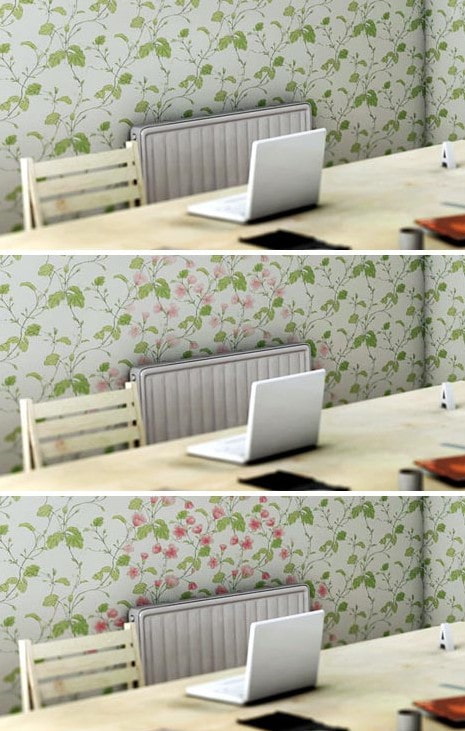
Fluorescent
Their other name is glowing wallpaper. In the interior, this type of finish looks very impressive, modern and unusual. The trick lies in a special paint with luminescent forms, it is these substances that make the picture glow. Under the light of ordinary lamps or daylight, the wallpaper does not differ from ordinary ones, the pattern appears only in ultraviolet light.
Leather
Leather wallpaper is an infrequent way of interior decoration. The material is practically not found in ordinary stores and has a high cost. The leather cover looks impressive, it does not allow moisture to pass through, retains heat and serves as a soundproofing barrier. However, the material is very capricious, when working with it, the hand of a master is required and possible mechanical contacts should be avoided during operation.
Chalk wallpaper
Wallpaper consisting of a self-adhesive backing and a black foil. The front part is covered with vinyl spraying, on which you can draw with crayons. An excellent solution for a children's room allows you to solve two problems at the same time - the development of the child's creative abilities and the original look of the interior. There are also marker tapes, but they are often used in offices.
Photo gallery
A variety of production technologies that exist today and an unimaginable choice of colors greatly simplify our life, any design task can be realized only by choosing the desired type of wallpaper and choosing the desired shade.

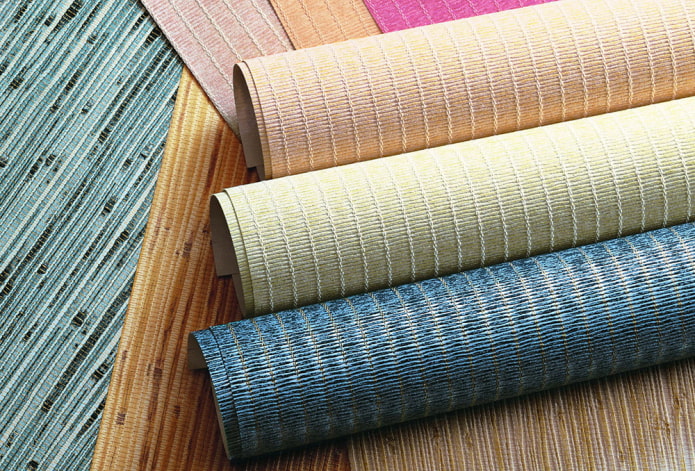
 10 practical tips for arranging a small kitchen in the country
10 practical tips for arranging a small kitchen in the country
 12 simple ideas for a small garden that will make it visually spacious
12 simple ideas for a small garden that will make it visually spacious
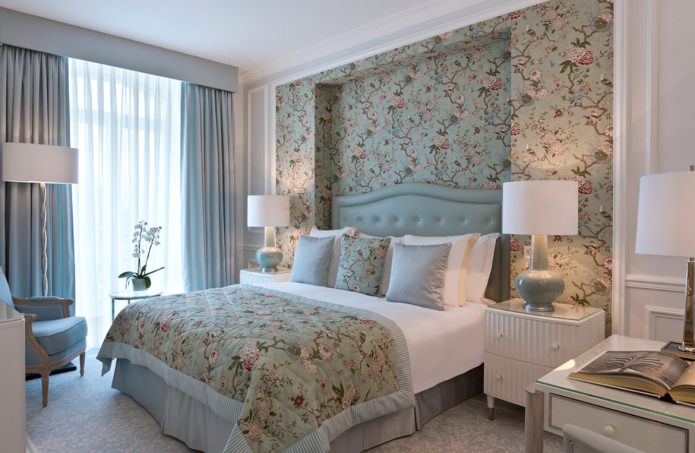

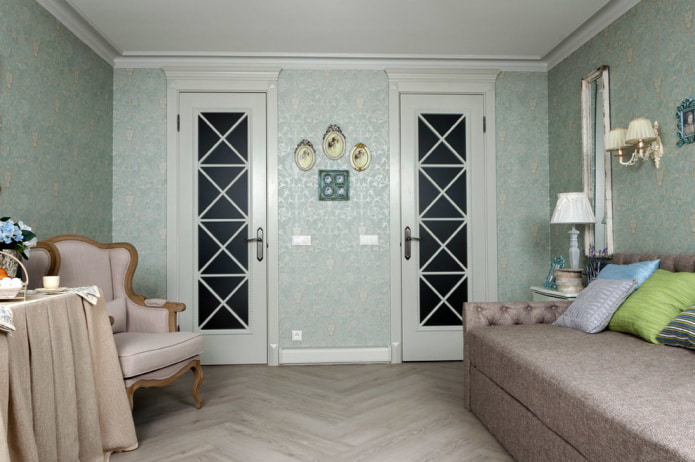
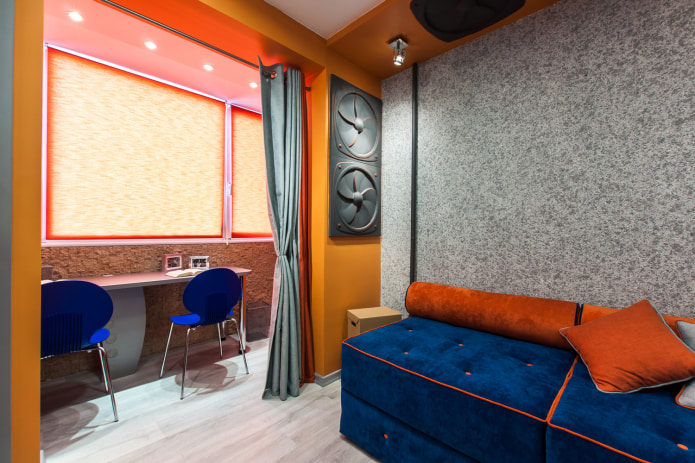
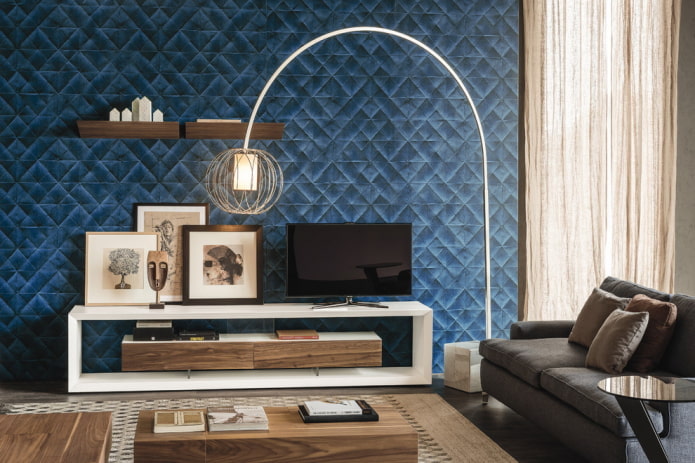
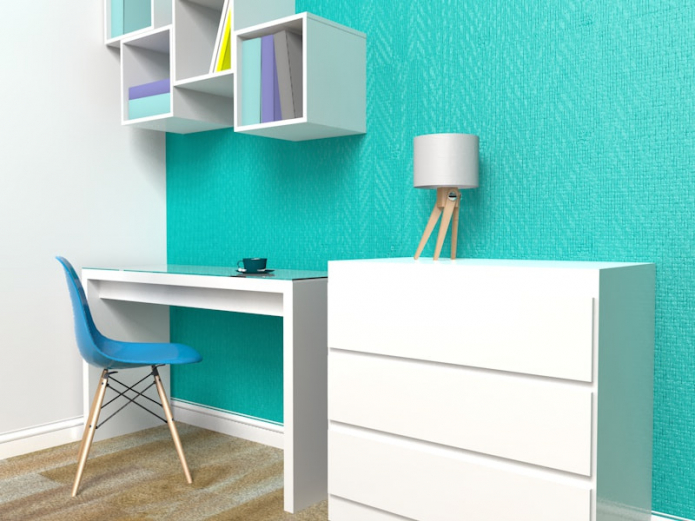


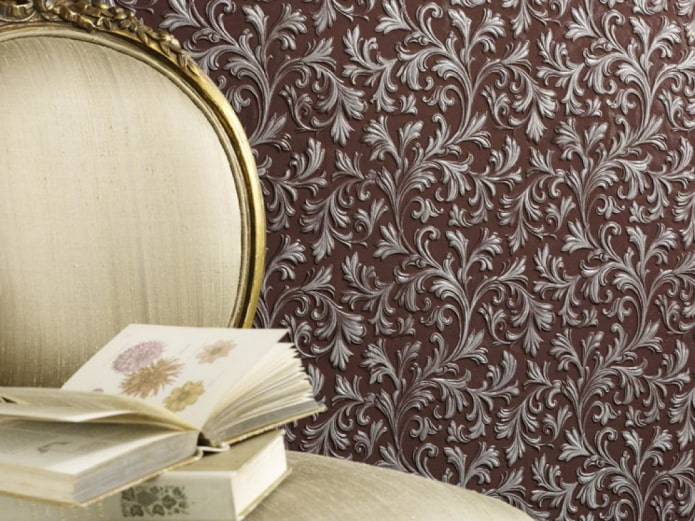
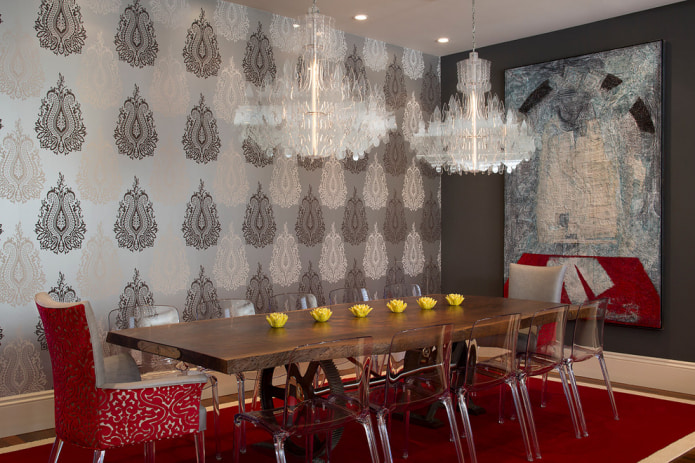
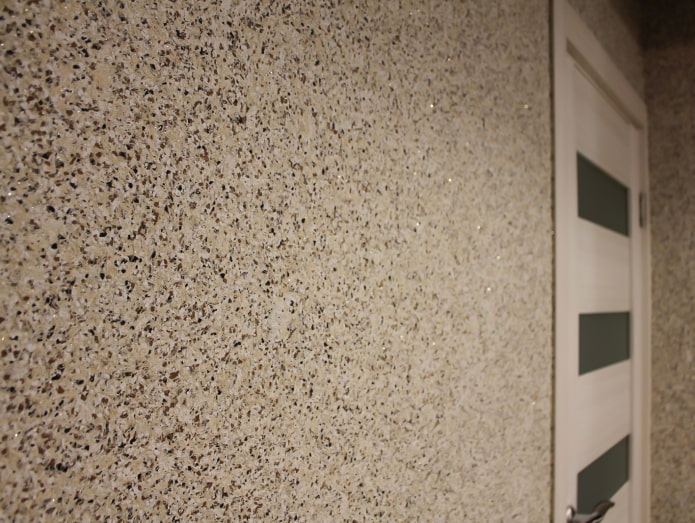

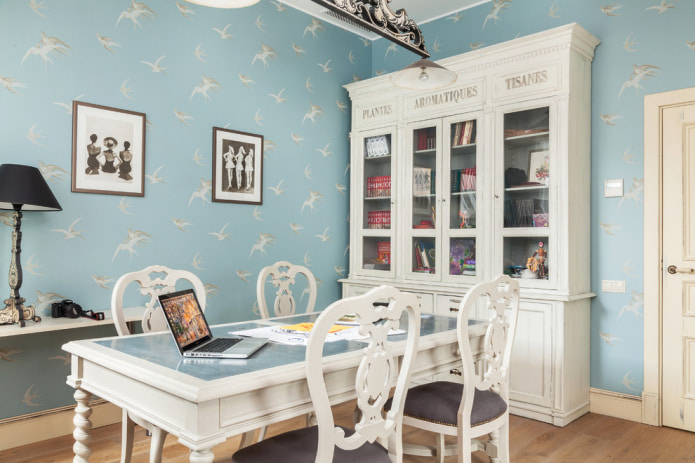
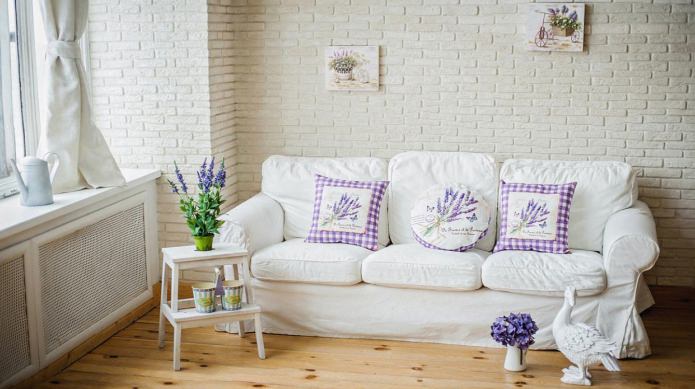

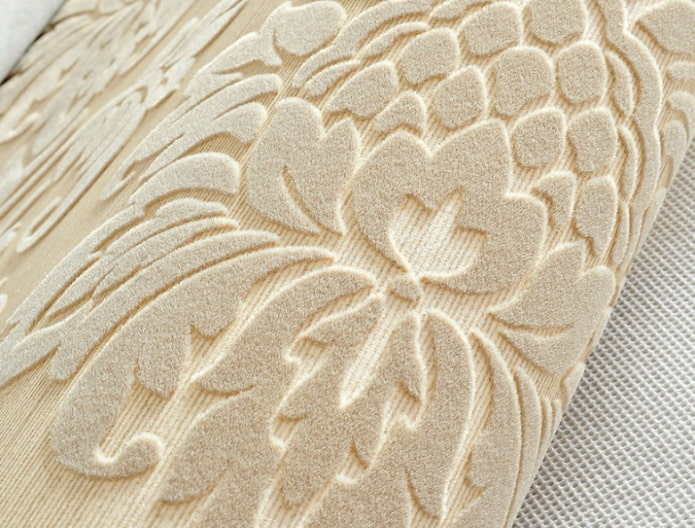
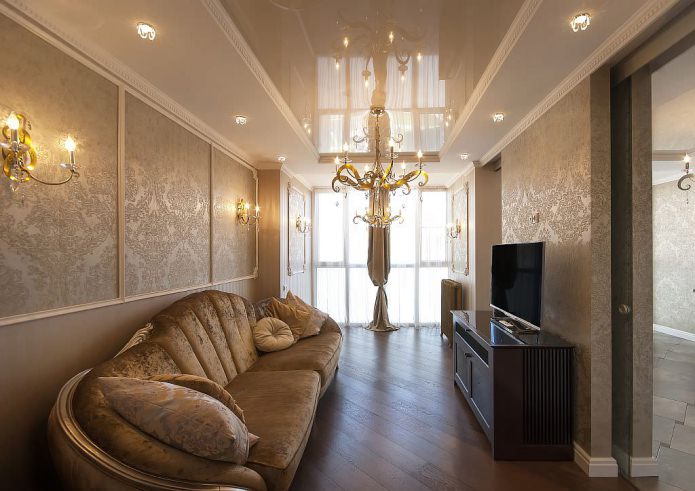
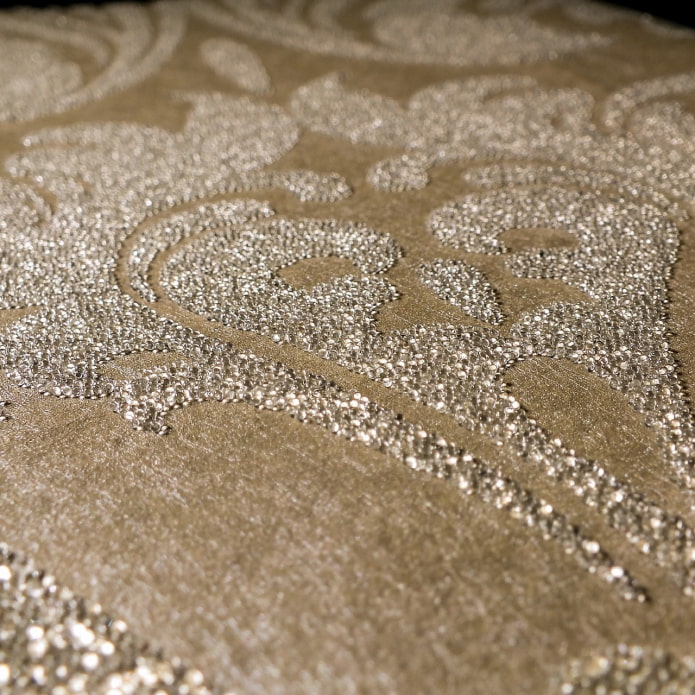

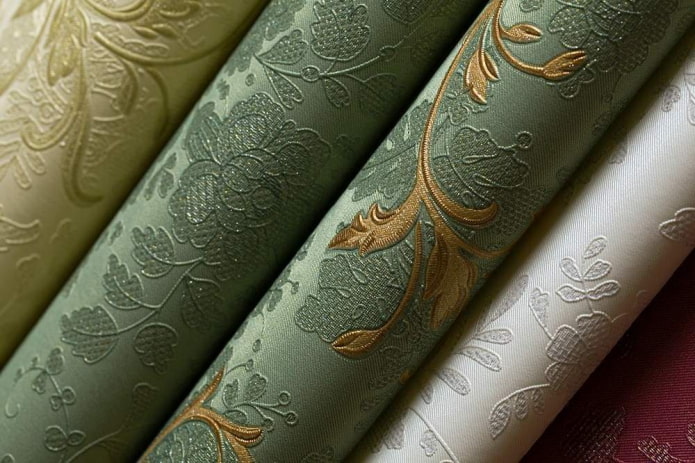
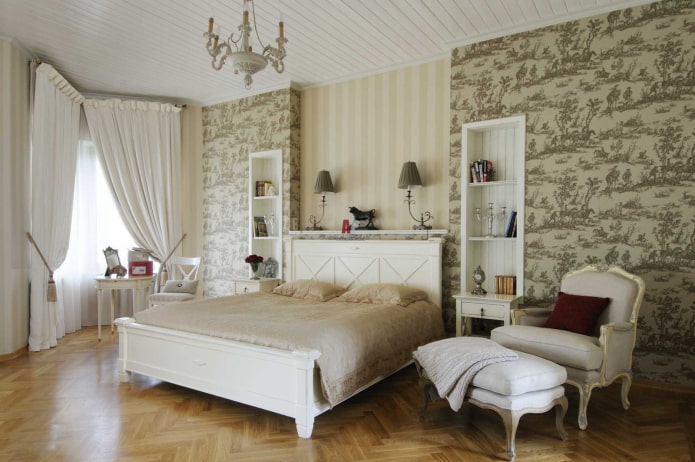
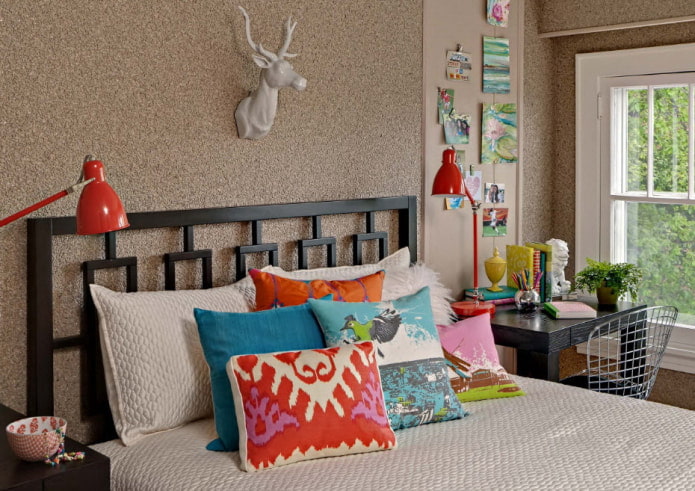
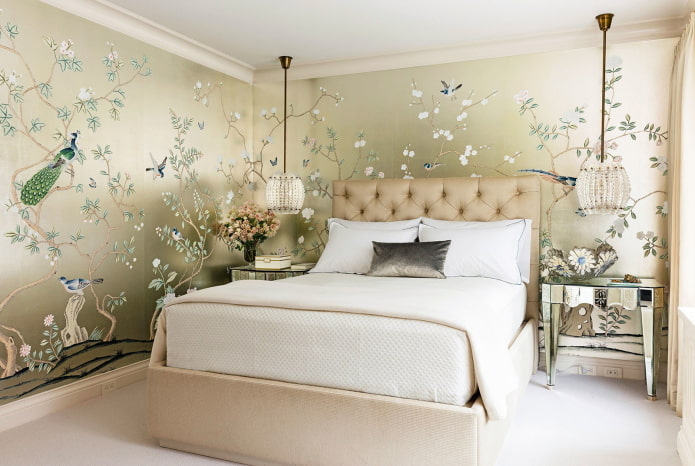

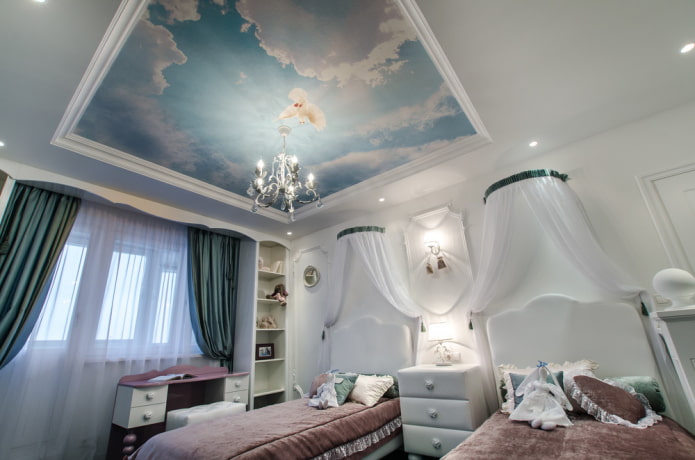
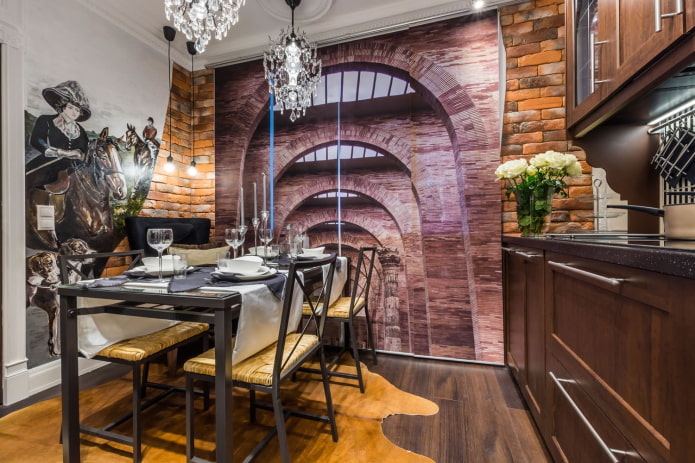
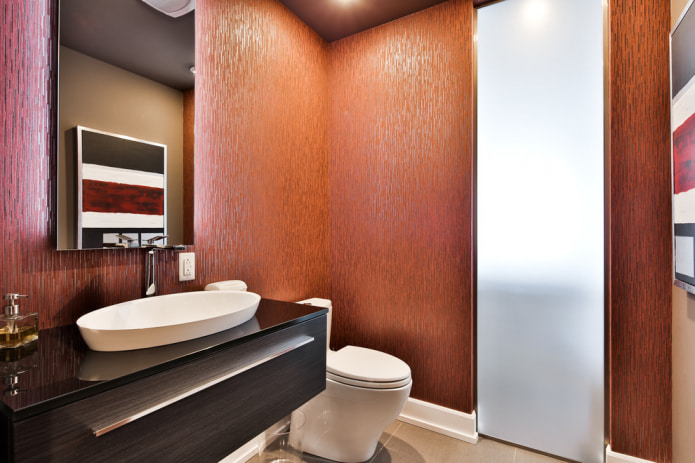

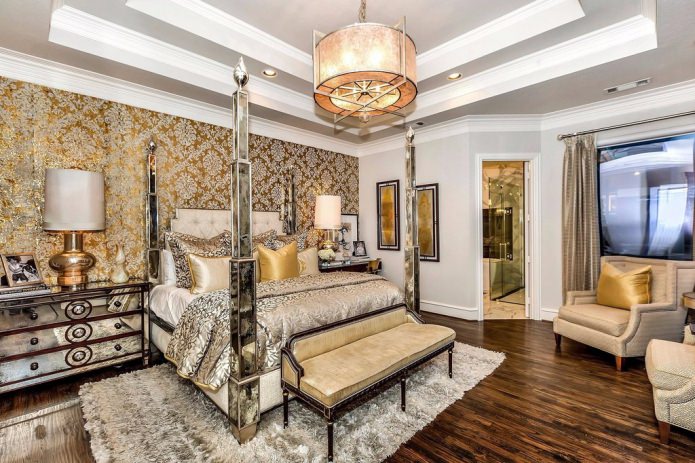

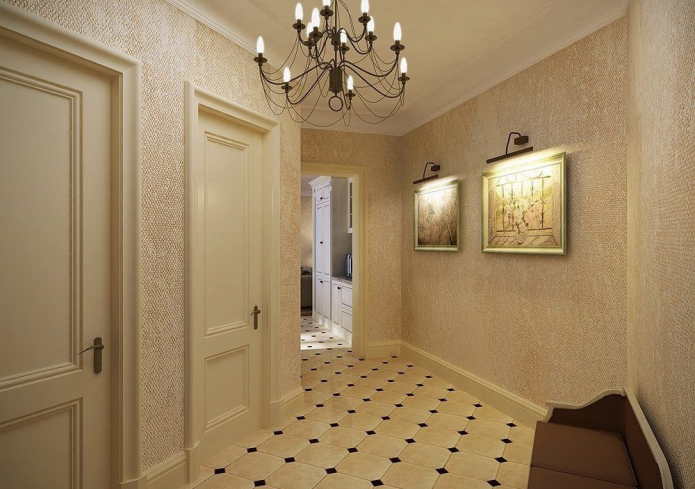
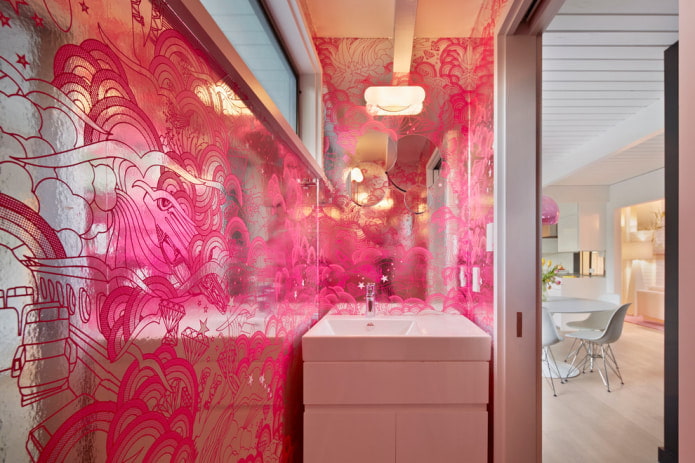
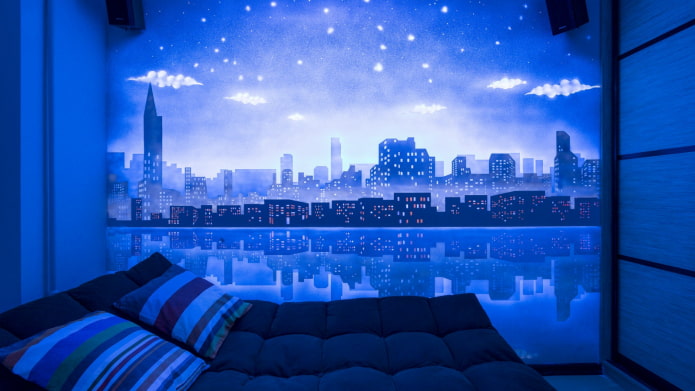
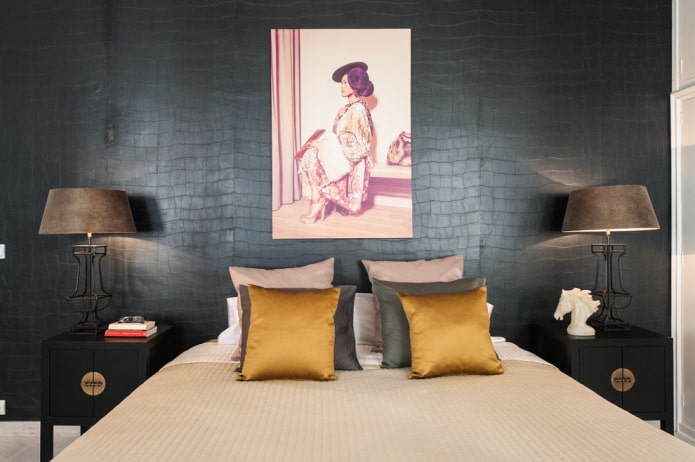
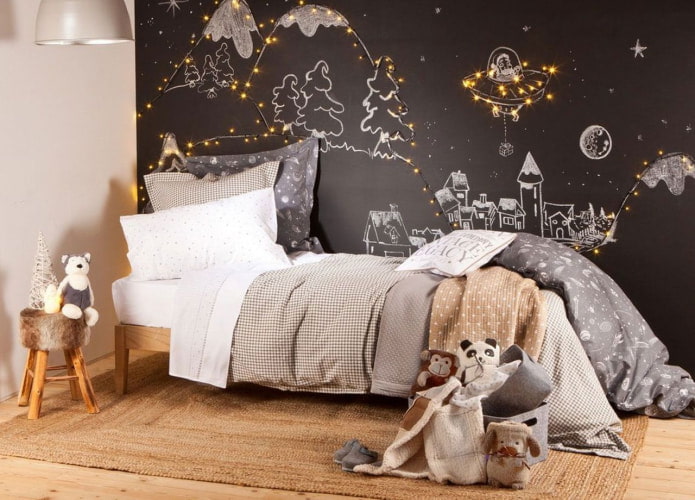
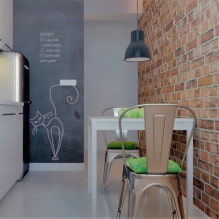
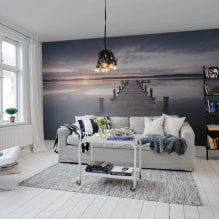

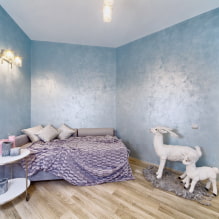
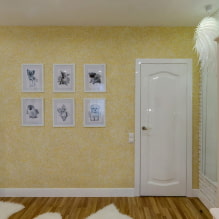
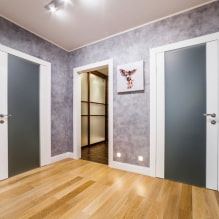

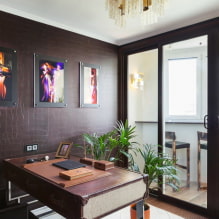
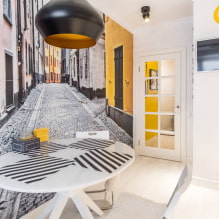
 13 bad habits a good housewife shouldn't have
13 bad habits a good housewife shouldn't have 24/7 home cleanliness - 4 secrets for the perfect housewife
24/7 home cleanliness - 4 secrets for the perfect housewife 6 hotels in Sochi that will give odds to the promoted foreign hotels
6 hotels in Sochi that will give odds to the promoted foreign hotels Top 10 interior design trends 2020
Top 10 interior design trends 2020 Rating of cheap TVs with Smart-TV
Rating of cheap TVs with Smart-TV New Year's LED garlands on AliExpress - we disassemble while it's hot, so that it's bright at home
New Year's LED garlands on AliExpress - we disassemble while it's hot, so that it's bright at home